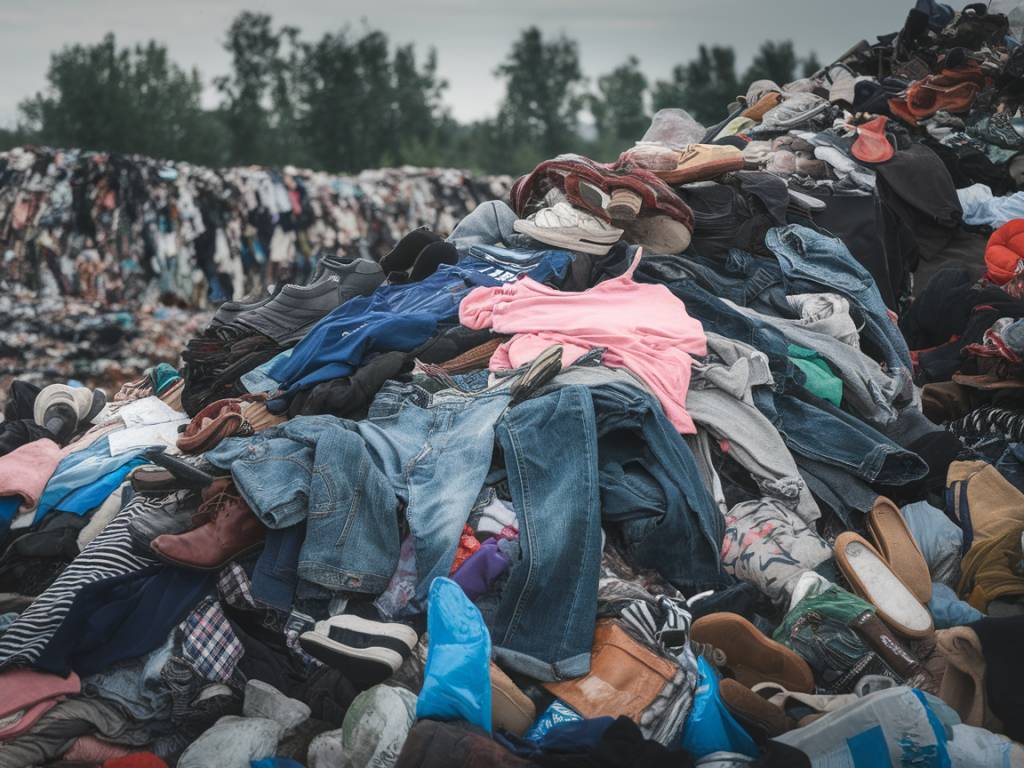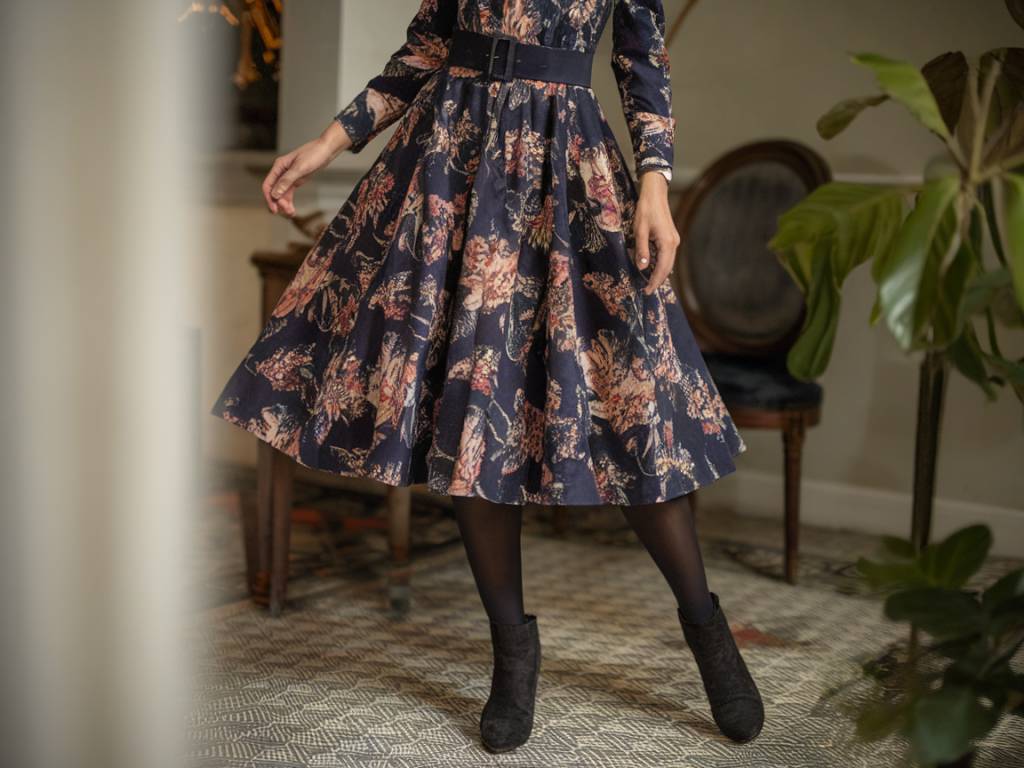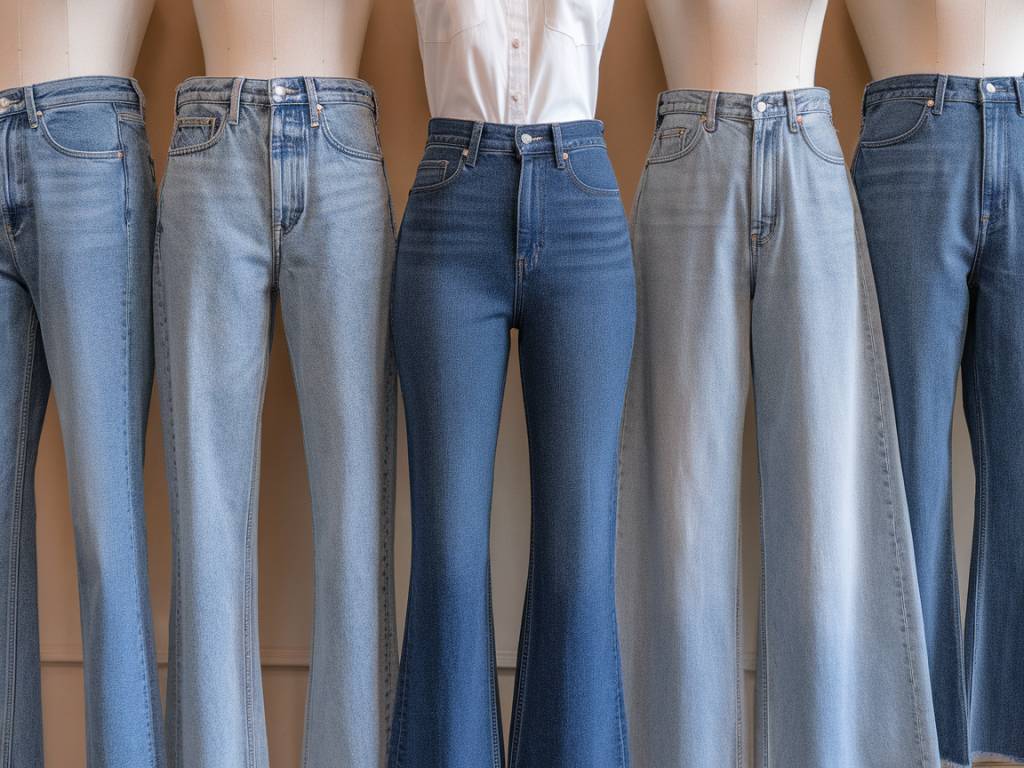As a passionate fashion enthusiast, I’ve often found myself torn between the allure of the latest fashion trends and the harsh realities of the fashion industry’s impact on the environment. Today, I want to delve deep into the world of fast fashion, exploring its environmental cost and reflecting on ways we can make more sustainable choices.
Understanding Fast Fashion
Fast fashion refers to a business model that rapidly produces large quantities of trendy clothing at low prices. The goal is to mirror high-fashion designs seen on runways and in celebrity culture as quickly as possible, enabling consumers to purchase the latest styles at an affordable price. Brands like Zara, H&M, and Forever 21 are quintessential examples of fast fashion giants.
The fast fashion model thrives on constantly updating styles, enticing customers to frequently purchase new items. While this rapid turnover in trends can be exciting, there are significant downsides, particularly when it comes to sustainability.
The Environmental Cost of Fast Fashion
I’ve learned through my research and observations that the environmental implications of fast fashion are severe. Here are some key areas where the impact is particularly concerning:
- Water Usage: The production of textiles is incredibly water-intensive. For instance, it can take up to 2,700 liters of water to produce just one cotton t-shirt. This is not only a drain on our freshwater resources but also places stress on areas that are already water-scarce.
- Pollution: The textile industry is one of the largest polluters of clean water globally, thanks to the dyes and chemicals used in production. These substances often end up in rivers and oceans, causing severe harm to aquatic life and contaminating drinking water sources.
- Waste: Fast fashion encourages a throwaway culture. Clothes are designed to be worn for a short period before they’re discarded. In the United States alone, an estimated 85% of textiles end up in landfills each year. This is a startling amount of waste that contributes to landfill overflow and environmental degradation.
- CO2 Emissions: The fashion industry is responsible for 10% of global carbon emissions, more than international flights and maritime shipping combined. The energy-intensive production processes and the global transportation involved in fast fashion further exacerbate the industry’s carbon footprint.
Social and Ethical Implications
While the environmental impacts are profound, we can’t ignore the social and ethical dimensions of fast fashion. Often, the low prices are achieved at the expense of the workers who produce these garments. Many fast fashion brands have been criticized for poor working conditions, inadequate wages, and violations of labor rights. Reflecting on these issues makes me think twice about supporting such practices with my purchases.
Steps Towards a More Sustainable Wardrobe
So, where do we go from here? I’ve been on a journey to make more conscious fashion choices, and I’d love to share some steps that can help reduce our impact on the environment:
- Buy Less, Choose Well: Instead of indulging in transient trends, focus on building a timeless, versatile wardrobe with pieces that you’ll love and wear for years. Quality often trumps quantity, and although the initial investment may be higher, the long-term value is much greater.
- Support Sustainable Brands: Many brands are now embracing sustainability, using eco-friendly materials and ethical production practices. Research and support these brands. Not only are you getting great fashion, but you’re also supporting a better future for the industry.
- Second-Hand Shopping: Thrift stores, consignment shops, and online platforms like Depop and Poshmark are treasure troves of unique, affordable fashion finds. Buying second-hand extends the life of clothing and reduces waste.
- Take Care of Your Clothes: Proper garment care can significantly extend the lifespan of your clothing. Pay attention to washing instructions, store items correctly, and consider repairing instead of discarding.
- Recycle and Upcycle: When your clothes truly reach the end of their life, consider recycling or upcycling them. Many retailers now offer textile recycling programs, and there are countless DIY upcycling projects that can give old garments new life.
Personal Reflection
This journey towards sustainability has not been without its challenges. As someone who loves keeping up with fashion trends, I’ve had to rewire my thinking and prioritize long-term sustainability over short-term gratification. I’ve discovered the joy and satisfaction in owning well-made, ethically-produced items that I can wear with pride and a clear conscience.
Incorporating these practices into my daily life has also allowed me to become more creative. I’ve learned to style the same piece in multiple ways, to mix and match with confidence, and to value the story and craftsmanship behind each garment. It’s a deeply rewarding experience that blends my love for fashion with my commitment to protecting our planet.
Moving Forward
The impact of fast fashion on the environment is significant, but change is within our reach. By making more informed choices as consumers, we can drive demand for more sustainable practices within the industry. Each small step contributes to a larger movement towards a more ethical and eco-friendly fashion landscape.
As a fashion blogger, I feel a responsibility to not only share the latest trends but to also advocate for a more conscious approach to fashion. It’s a journey I’m continuously on, learning and growing with each passing day. Together, we can redefine what fashion means and pave the way for a brighter, greener future.
Thank you for joining me in this conversation. Let’s continue to inspire and support one another in making choices that are stylish, sustainable, and kind to our world.




